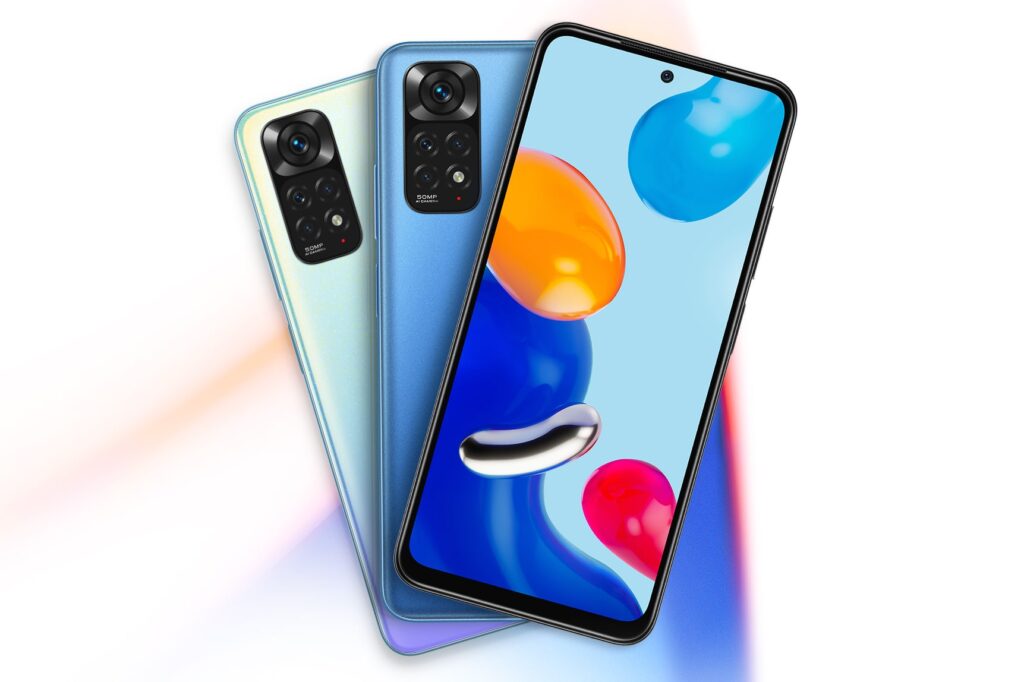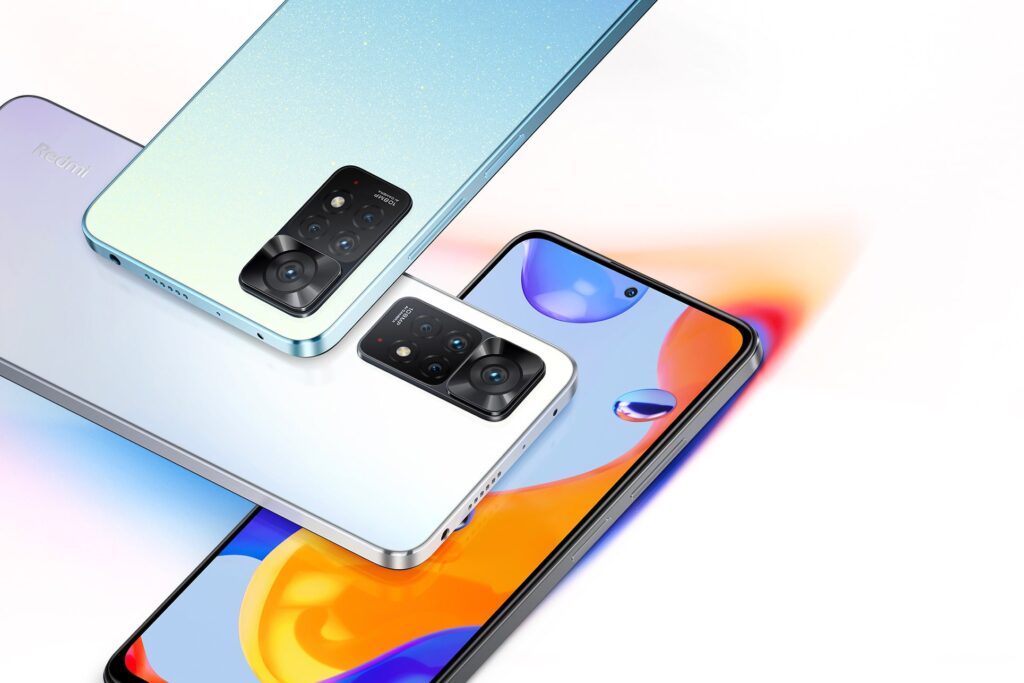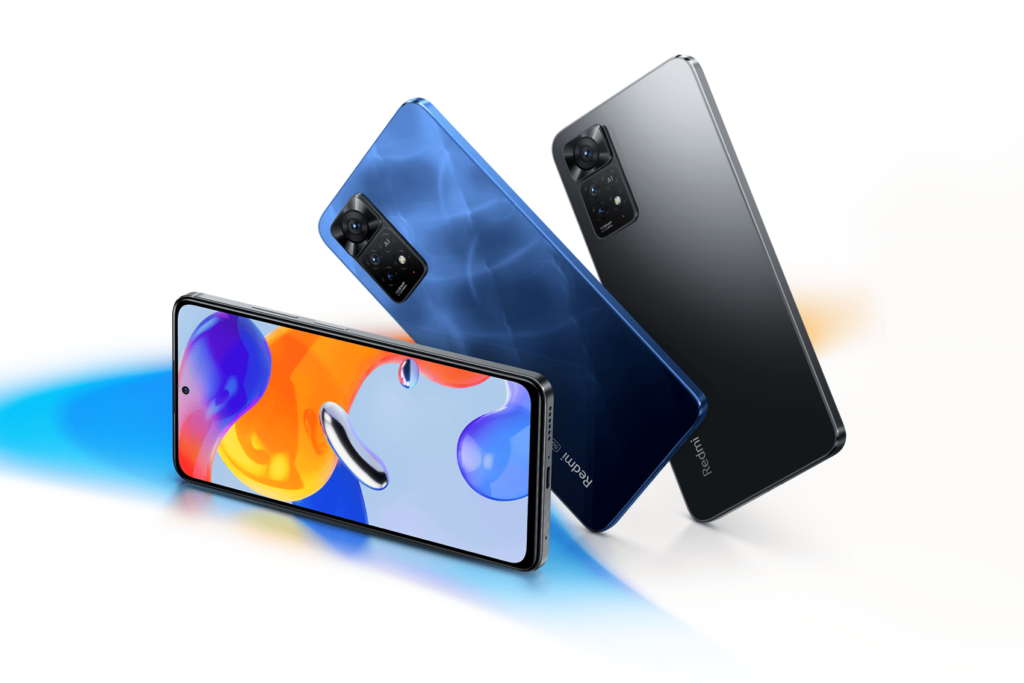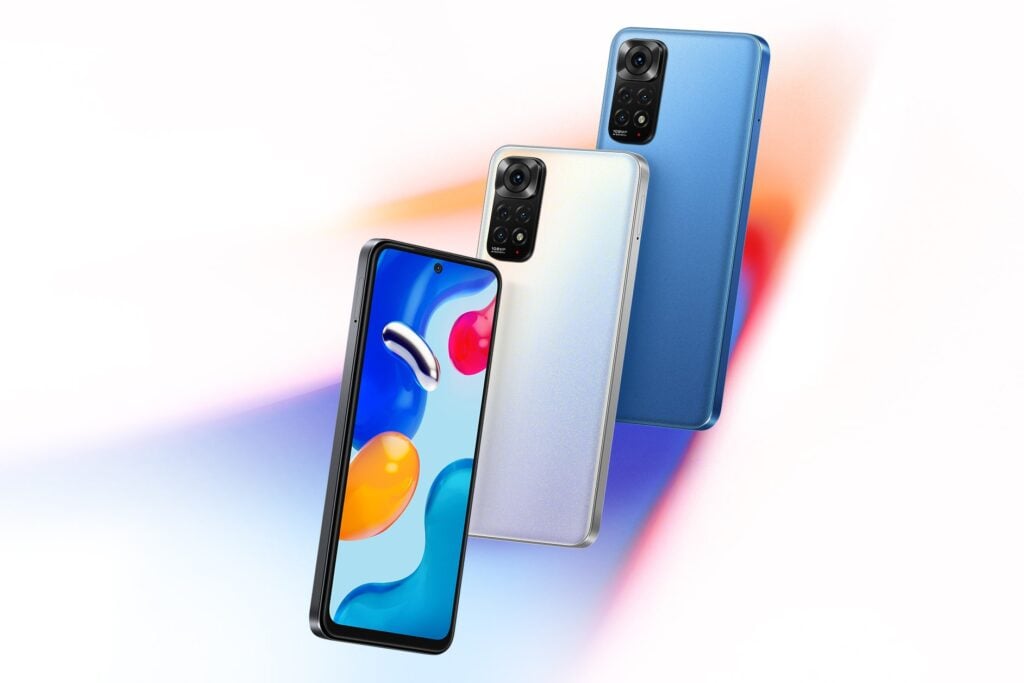Recently, Xiaomi took the wraps off the international Redmi Note 11 series. The lineup consists of four models. However, we only found one of them to be the best deal of all. We are talking about the Redmi Note 11S here. This phone bridges the gap between the Redmi Note 11 and the Redmi Note 11 Pro with a balanced set of features, which makes it an irresistible offering from Xiaomi.
Here in this opinion piece, we explain why we feel that most people should opt for the Redmi Note 11S instead of the Redmi Note 11 Pro, especially the 4G variant.
Almost the Same Inside Out
The Redmi Note 11 series brings a new design to Xiaomi’s best-selling smartphone lineup worldwide. The phones now have a flat frame like the newer iPhones.
However, the one on the Redmi Note 11 Pro 4G/5G is more pronounced than on the Redmi Note 10/10S. Because the latter two handsets have a curved rear panel instead of flat like the former models.

But the Pros are longer, thicker, and heavier. They even have a larger and better display. More on that later.
Like the previous generation, all four devices arrive with dual stereo speakers, a 3.5mm headphone jack, a z-axis linear vibration motor, a side-mounted fingerprint sensor, an IR blaster, and NFC (market dependent).
Interestingly, all of them are backed by an identical 5,000mAh battery. They also feature the same LPDDR4x RAM and UFS 2.2 storage.
Is the Pro really a PRO?
Pro in the consumer electronics market means better. But it does not say how much better. This is where the problem lies. Neither everyone requires a Pro model, nor every Pro variant offers better value than the vanilla version.

Unfortunately, both the above-mentioned attributes are applicable to the Redmi Note 11 series. This isn’t the case with the previous generation. The Redmi Note 10 Pro (aka Redmi Note 10 Pro Max) offers much more than the lower variants for the asking price.
The Redmi Note 11 Pro duo only offers upgrades in very few categories. As mentioned earlier, the Pros flaunt a larger and better display. They sport a 6.67-inch FHD+ AMOLED display with a 120Hz refresh rate and 1,200 nits peak brightness. On the other hand, the vanilla and S versions come with a smaller 6.43-inch FHD+ AMOLED display with a 90Hz refresh rate and 1000 nits peak brightness.
Further, the Pros support 67W fast charging as opposed to 33W fast charging on the other two. Additionally, the Pro 5G has a better and faster Qualcomm Snapdragon 695 chipset.

Apart from the aforementioned features, the Pros literally don’t offer anything else. The Pro 4G in particular has the exact same MediaTek Helio G96 chip as the S.
What’s more bizarre is that all four phones sport the same 8MP ultra-wide camera and 2MP macro camera. Except for vanilla, the remaining three also come with an identical 108MP primary camera. Finally, for some reason, the Pros don’t include the well-received telemacro camera from their predecessors.
The True Champion
We found the Redmi Note 10S to be an unnecessary offering in the Redmi Note 10 series. Because just by spending a bit more, one could get the Redmi Note 10 Pro with a better set of features.
Interestingly, the tables have turned for the Redmi Note 11 series. For this generation, we think the Redmi Note 11S offers better value than the Redmi Note 11 Pro. When compared to their predecessors, Xiaomi has improved the former, while at the same time, it sort of downgraded the latter.

As a result, we crown the Redmi Note 11S as the true champion of its family. Having said that, unlike the Redmi Note 11 Pro 4G, the Redmi Note 11 Pro 5G is still worth considering if you live somewhere with good 5G coverage.
RELATED:
- Xiaomi 12 Pro “derivative” model in the works with newer version of Snapdragon 8 Gen 1
- [Update] Redmi K50 series processors tipped, reveals four CPU variants, monikers
- Redmi 10A, Redmi 10C, POCO C4 might finally launch in India a year late
- POCO M4 Pro 4G could be a rebranded Redmi Note 11S







